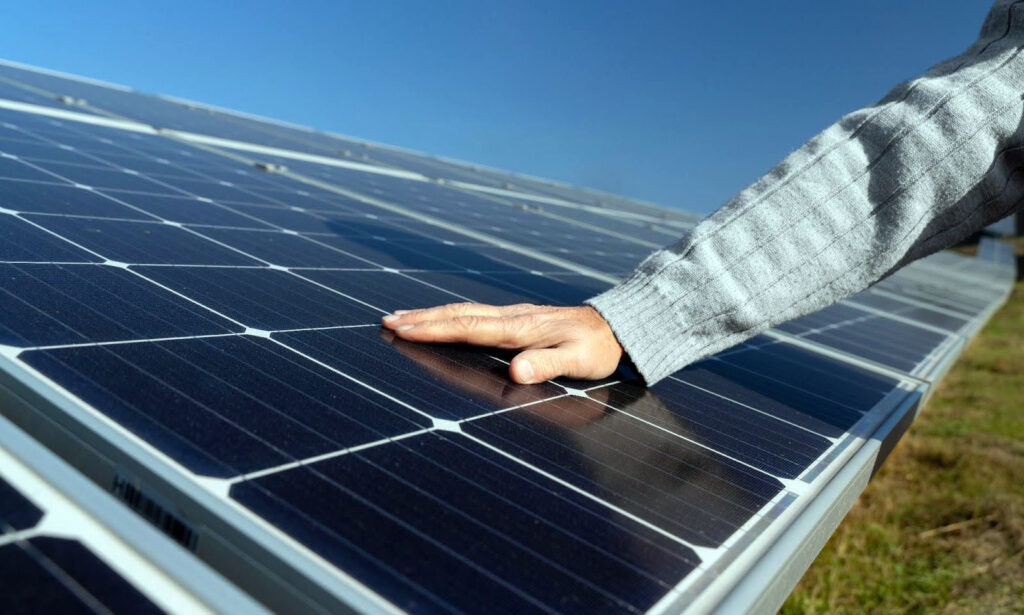
☀️ Solar Panel Installation: A Complete Overview
Installing solar panels is a transformative process that allows homes and businesses to harness the sun’s energy for electricity. Here’s a breakdown of what it involves:
🛠️ Key Steps in Solar Panel Installation
- Site Assessment: Technicians evaluate the roof or land to determine if it receives enough sunlight and can support the panels.
- System Design: Engineers design a photovoltaic (PV) system tailored to the location’s energy needs and structural layout.
- Permits & Approvals: Installers obtain necessary permits and ensure compliance with local building codes and regulations.
- Mounting Hardware Setup: Structural frames are installed to hold the solar panels securely, often on rooftops.
- Panel Installation: Solar panels are mounted and aligned to maximize sun exposure.
- Electrical Wiring: Panels are connected to an inverter, which converts solar energy into usable electricity.
- System Testing: The entire setup is tested to ensure safety, efficiency, and proper integration with the existing power grid.
⚡ What Solar Installers Do
- Measure and cut framing materials
- Bolt panels into place
- Connect wiring and inverters
- Apply weatherproofing and safety seals
- Educate clients on system usage and maintenance
🎓 Qualifications & Skills
- High school diploma or technical training in electrical systems
- Certification (e.g., NABCEP) is often preferred
- Comfort working at heights and in various weather conditions
- Strong problem-solving and teamwork abilities
🌍 Why It Matters
Solar panel installation contributes to:
- Lower electricity bills
- Reduced carbon footprint
- Increased energy independence
- Boosted property value